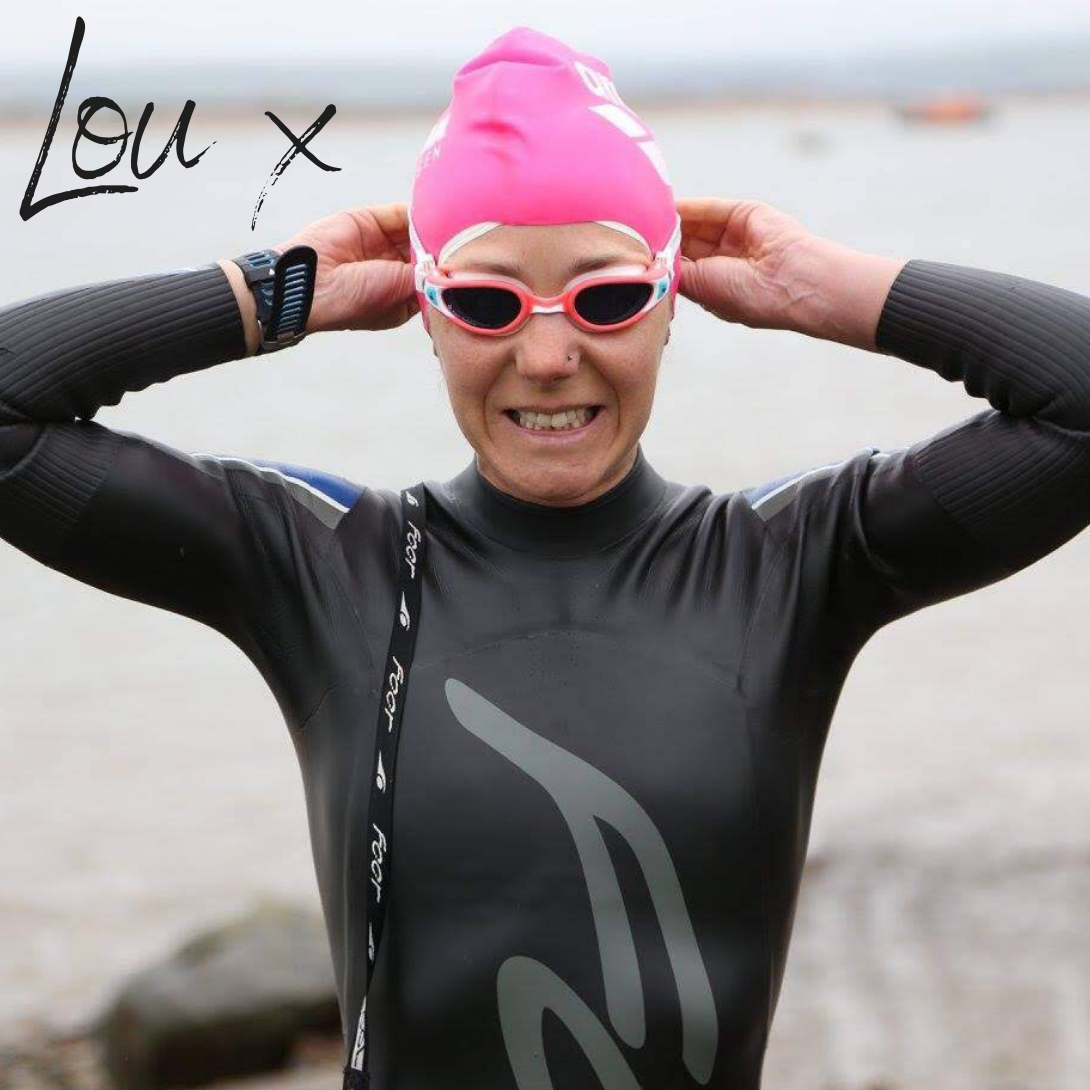8 Tips for open water swimming you can practice this winter
Jan 04, 2022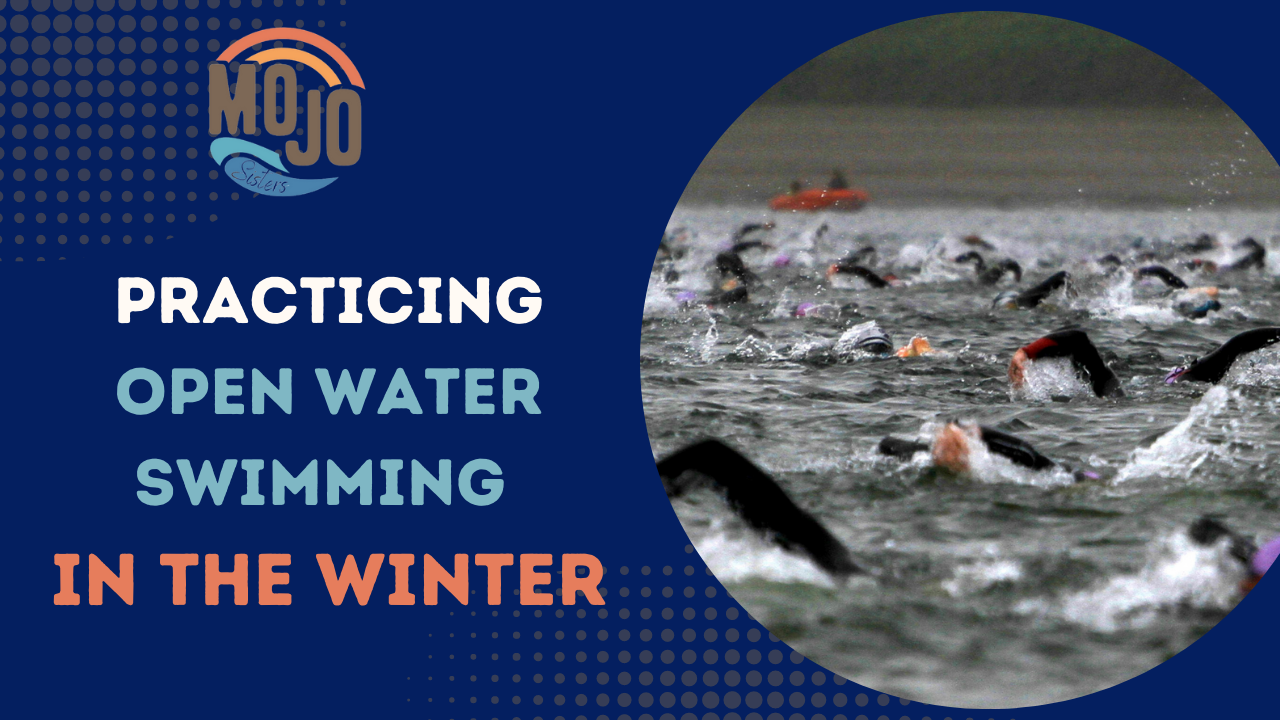
Happy New Year triathletes!
Whether you got a good dose of training in over the festive period, or a good dose or port and cheese, let's all regroup and crack on with building those blocks towards our swim, bike and run goals for 2022.
So this week we are talking about open water swimming, and asking if we can practice any open water skills in the pool this winter?
Well the answer is...

So if you are:
* Nervous of open water swimming
* Already panicking that it will be months until you can get in open water again
This blog is designed to help you out.
Firstly, if you experience anxiety in open water you are NOT ALONE. It is one of the most common anxieties for athletes taking on a triathlon that involves a swim portion in the sea, lake, river or estuary.
This is the case for newcomers and experienced triathletes alike.
But don't panic, because you can be proactive towards this over the winter months, in your local pool, and it will help alleviate some of your anxiety about open water swimming.
Here are 8 open water swim tips you can practice this winter (without braving the sub zero temperatures!)...
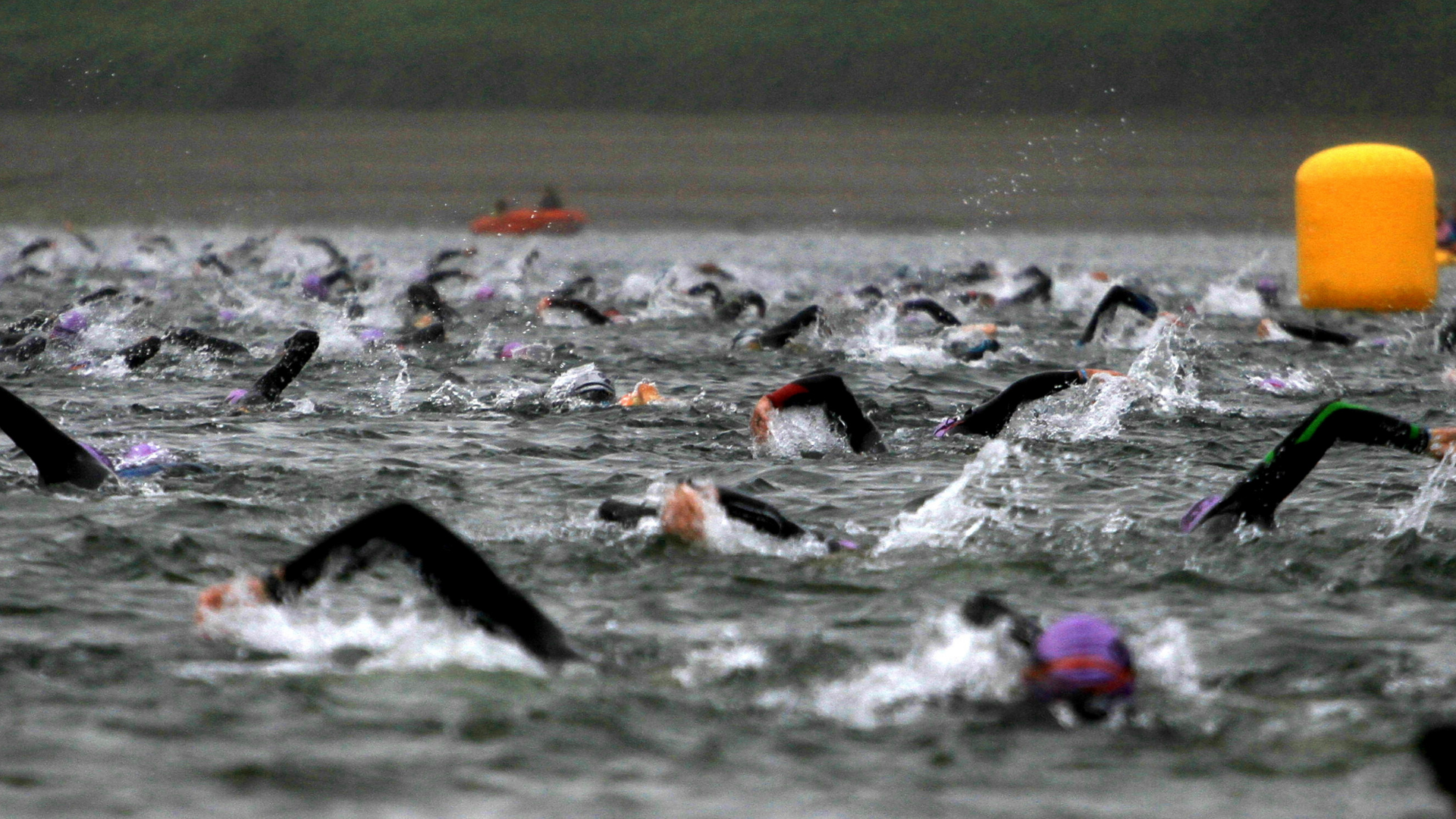
1) The Crowd
The no1 worry for most people who are doing a triathlon is the fact there will be others near them and possibly bumping into them or touching their feet when swimming.
Well I can totally understand that, and whilst swimming in a pool for around 90% if your swim training is good, it doesn't prepare you for it.
Head to the pool with some friends and set off in the same lane at the same time. Ask them to swim near you, touching your feet and calves to get you used to it.
Practice calming yourself down and swimming your own race, undeterred by the other swimmers around you. Learn to swim strong and be intentional, not letting them push you out of your chosen path.
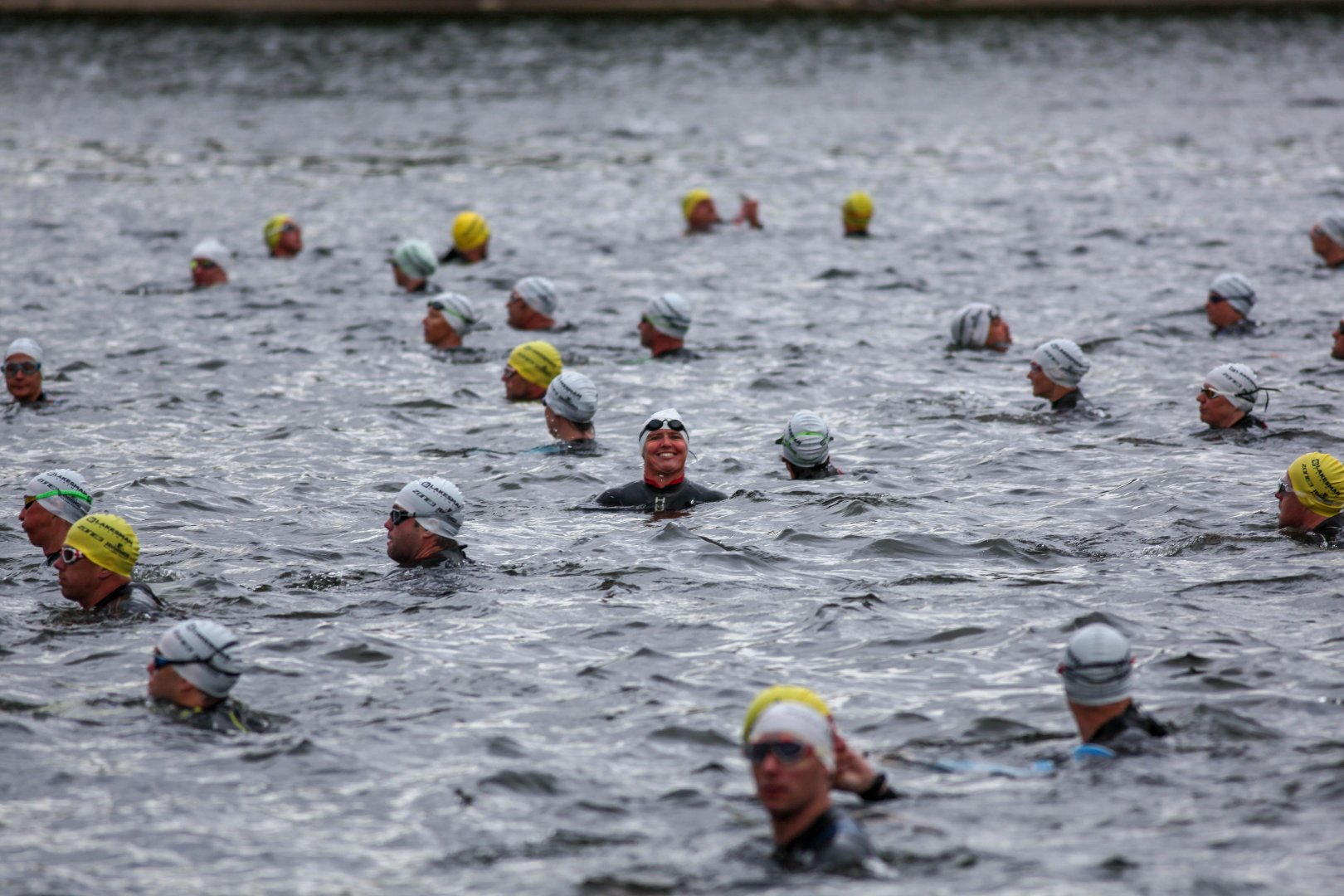
2) Mass Starts
With the same friends, practice a 'mass' start. Go to the deep end and all start at the same time. Try to find a rhythm with the other swimmers around you.
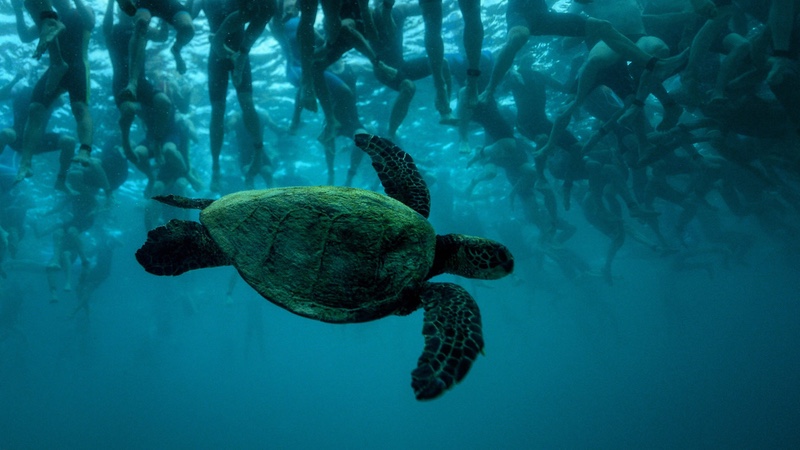
3) The Mad Dash
With some of your swim sessions in the pool, swim the first 50-100m fast then settle into a good rhythm. This will get you used to swimming the first part of the race fast, as most people do, to get some clear water and away from the crowd. Then you can settle into it and control your breathing. It will help you on race day knowing you have practiced this in the pool.
4) Sighting
Practice sighting in the pool. Ok so you have a line on the bottom, its as clear as the Caribbean sea, and you have lane ropes, but practicing sighting will help you build the right technique, and get your neck and back muscles used to the movement required to bring your head out of the water in order to sight.
5) Wetsuit Practice
Wear your wetsuit in the pool to get used to the difference in buoyancy. Make sure you ask the pool manager if this is ok, stay well hydrated as you will get hot in a wetsuit in the pool, and rinse your suit thoroughly afterwards as chlorine can be corrosive.
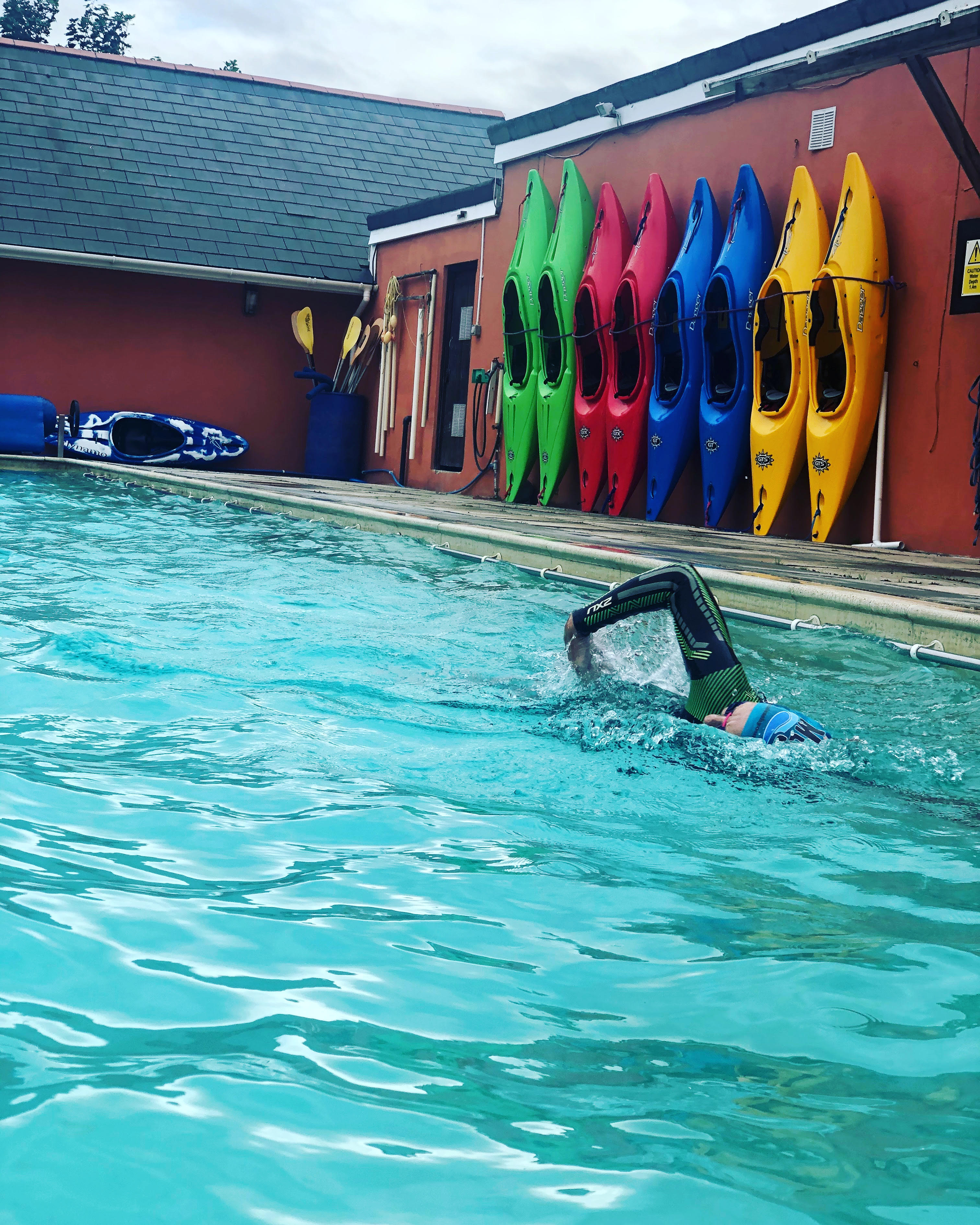
6) Turning around a Buoy
Practice swimming round a buoy, a friend, or a water bottle bobbling in the water. Whatever you can find to act as a buoy, to give you something to aim for and practice making a turn whilst not slowing down too much. Then make the skill harder by sending 2 swimmers off at the same time to battle it out for the best and fastest line round the buoy.
7) Swim Start Simulation
What is your swim start likely to be like? Is it a deep water start? Is it jumping off a pontoon? Is it a beach start where you run into the water? Do you have an Australian Exit (where you do a laps of the swim, get out of the water and run along a beach/pontoon before diving back in for another lap)
Whichever it is, practice this in the pool. If it's a diving start, practice in the deep end. If you have a pool near you with a very shallow end, practice jumping over the water then dolphin diving to get a fast start. It will all help on race day as you will be familiar with how the swim will start, which is often the most nerve wracking bit.
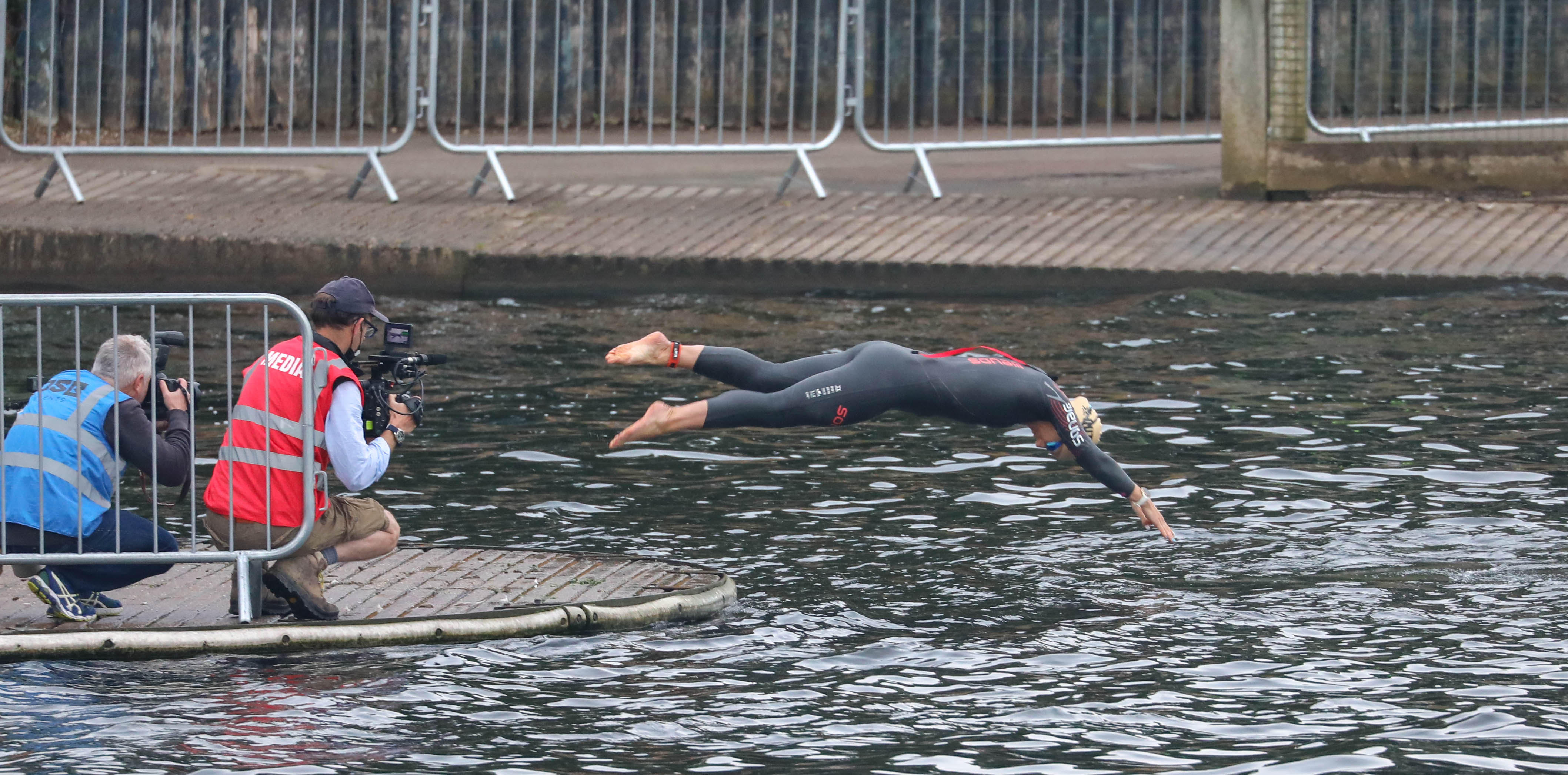
8) Visualisation
Visualisation may be new to you, but you can practice open water swimming by imagining yourself in the sea or lake, working it through in your mind what you may encounter. What will you do if someone touches you while swimming? What will you do if the water is murky? How will you manage the cold water as you get in?
I love the saying 'Never put your body where you mind hasn't been'.
Visualisation can be so powerful, so use this time in the winter to think through the scenarios you may come across and hatch a plan of how you will tackle it.
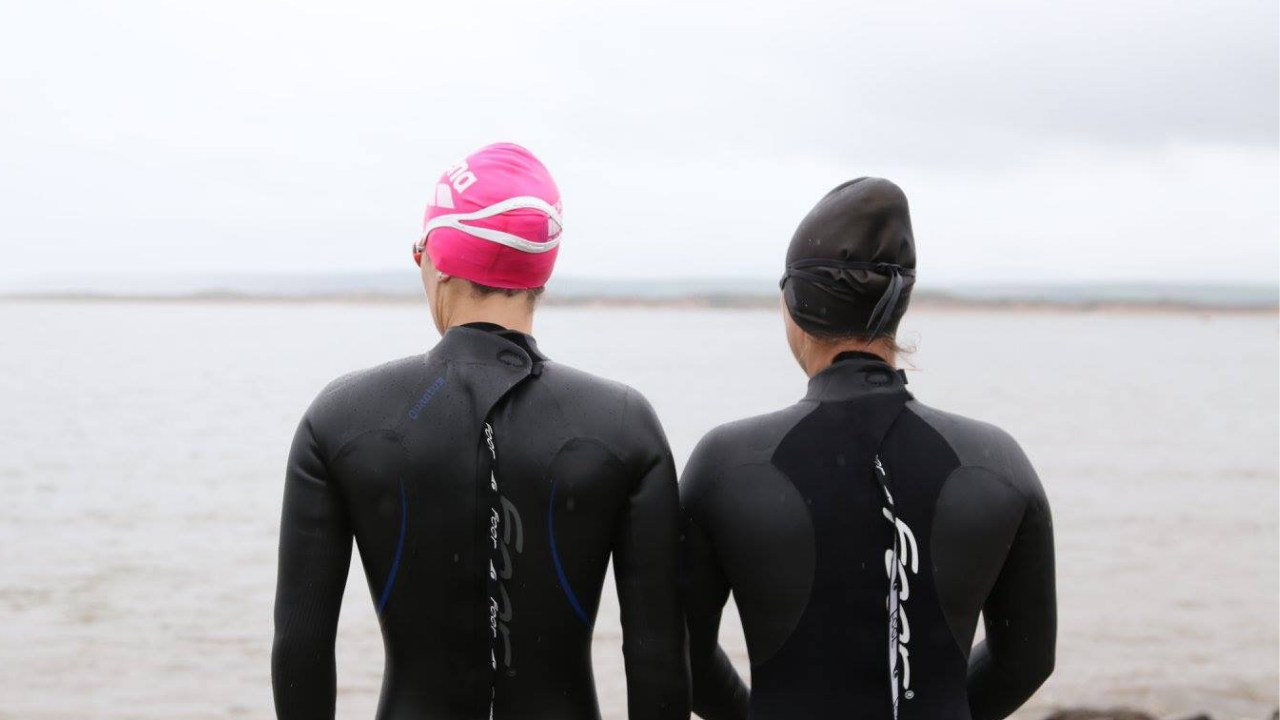
As always, let me know how you get on with these ideas and do get in touch if you have any questions.
Happy New Year, happy swimming, and let's all start building those training blocks towards a fab 2022 season!
